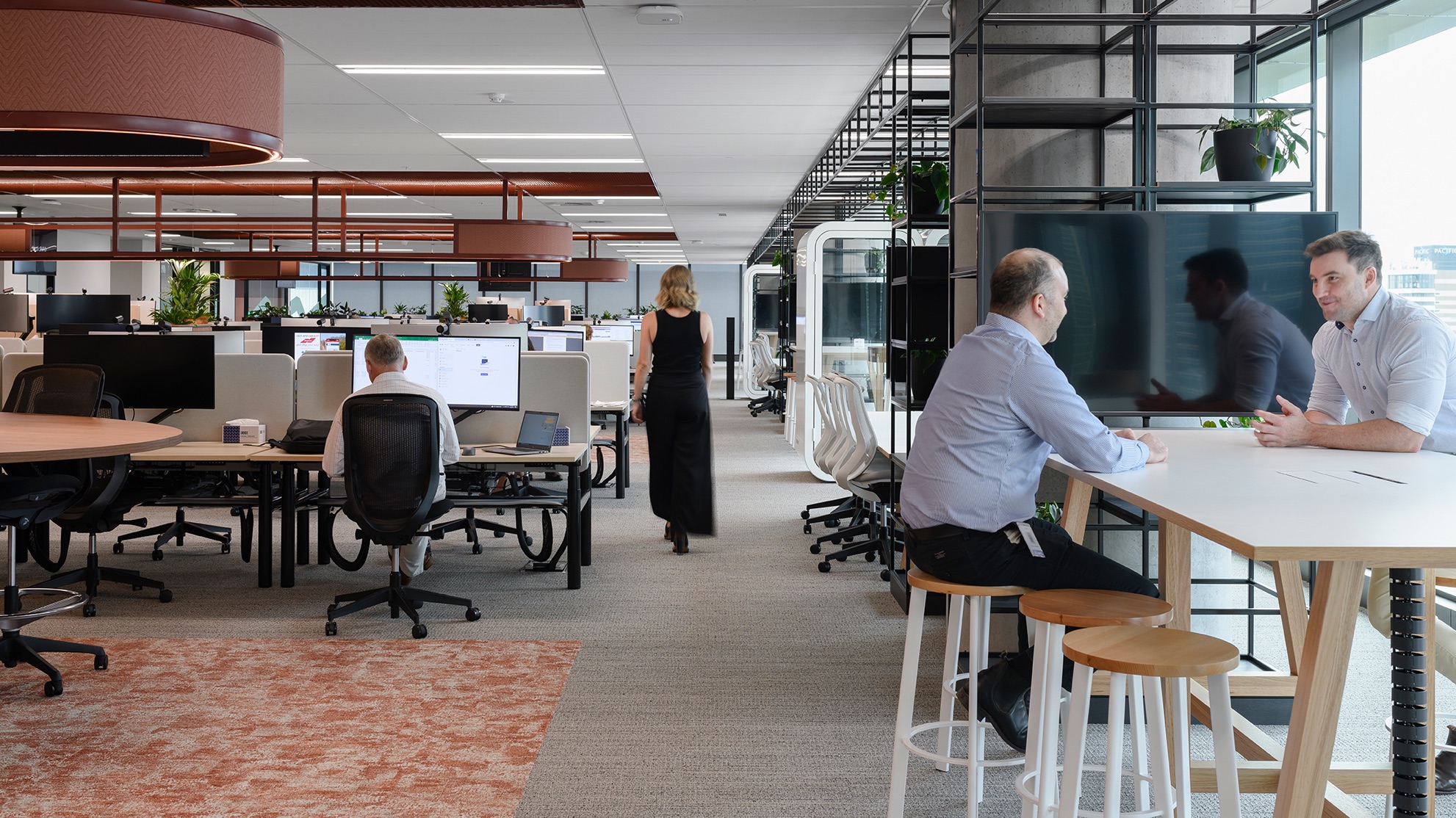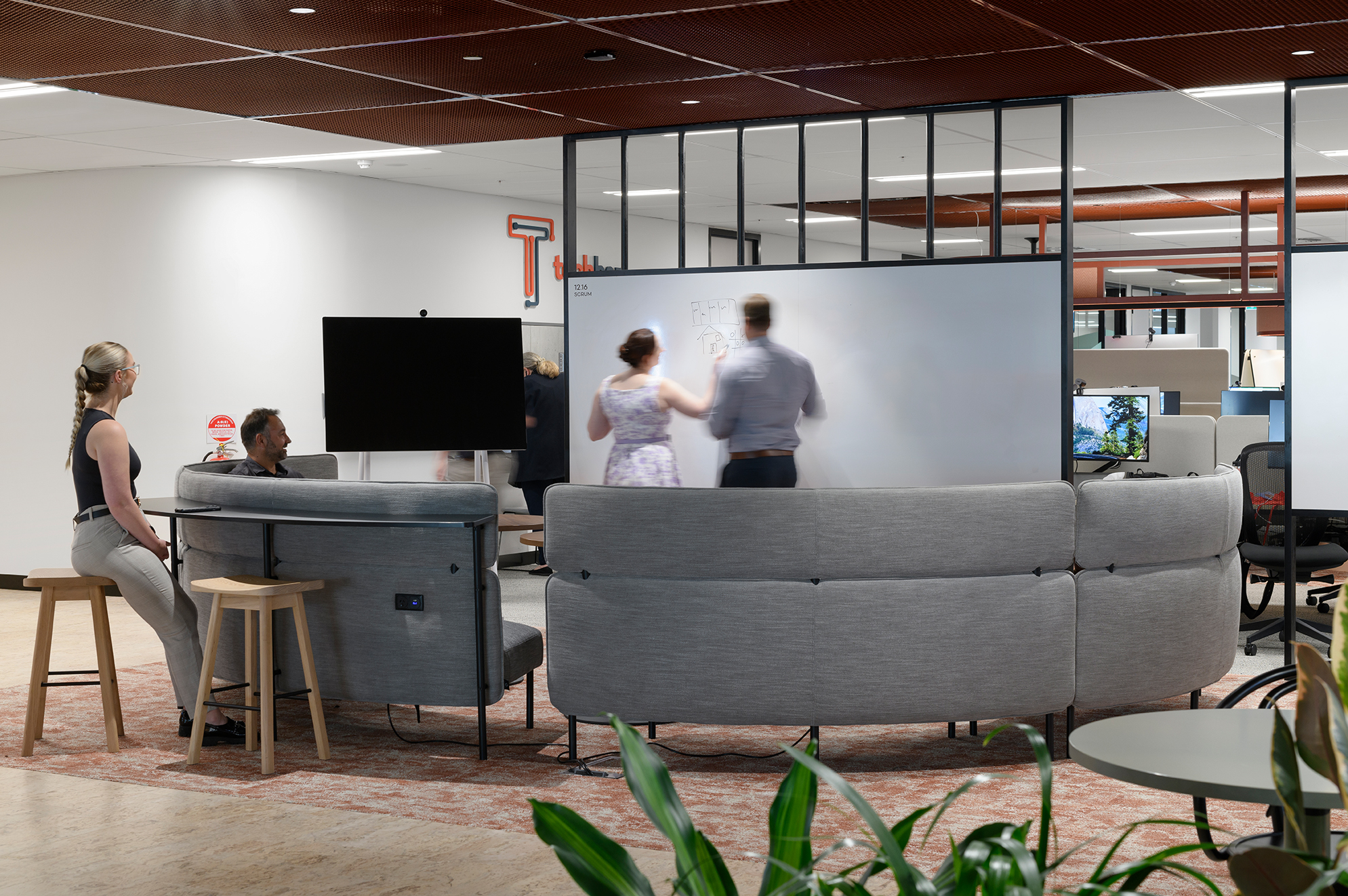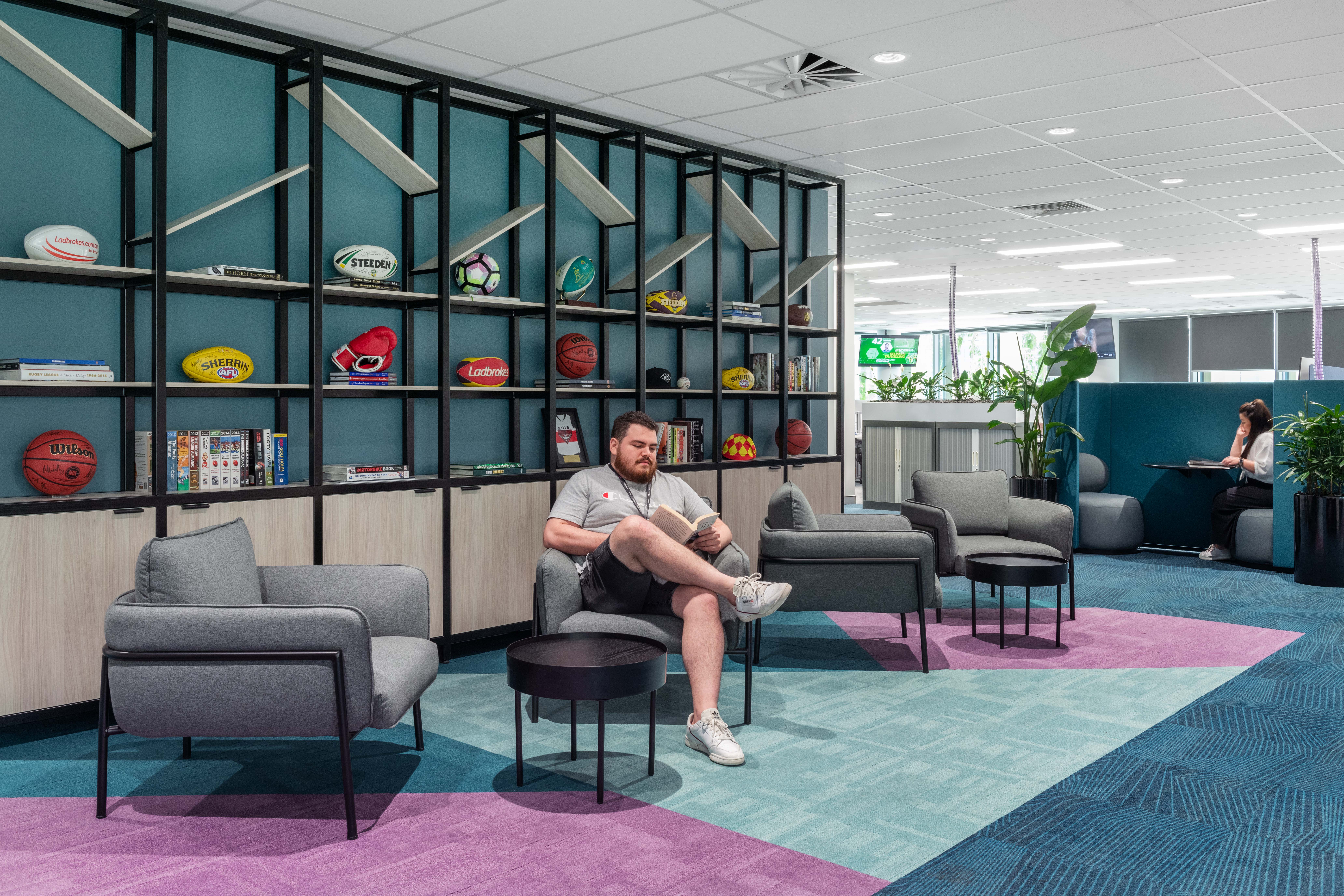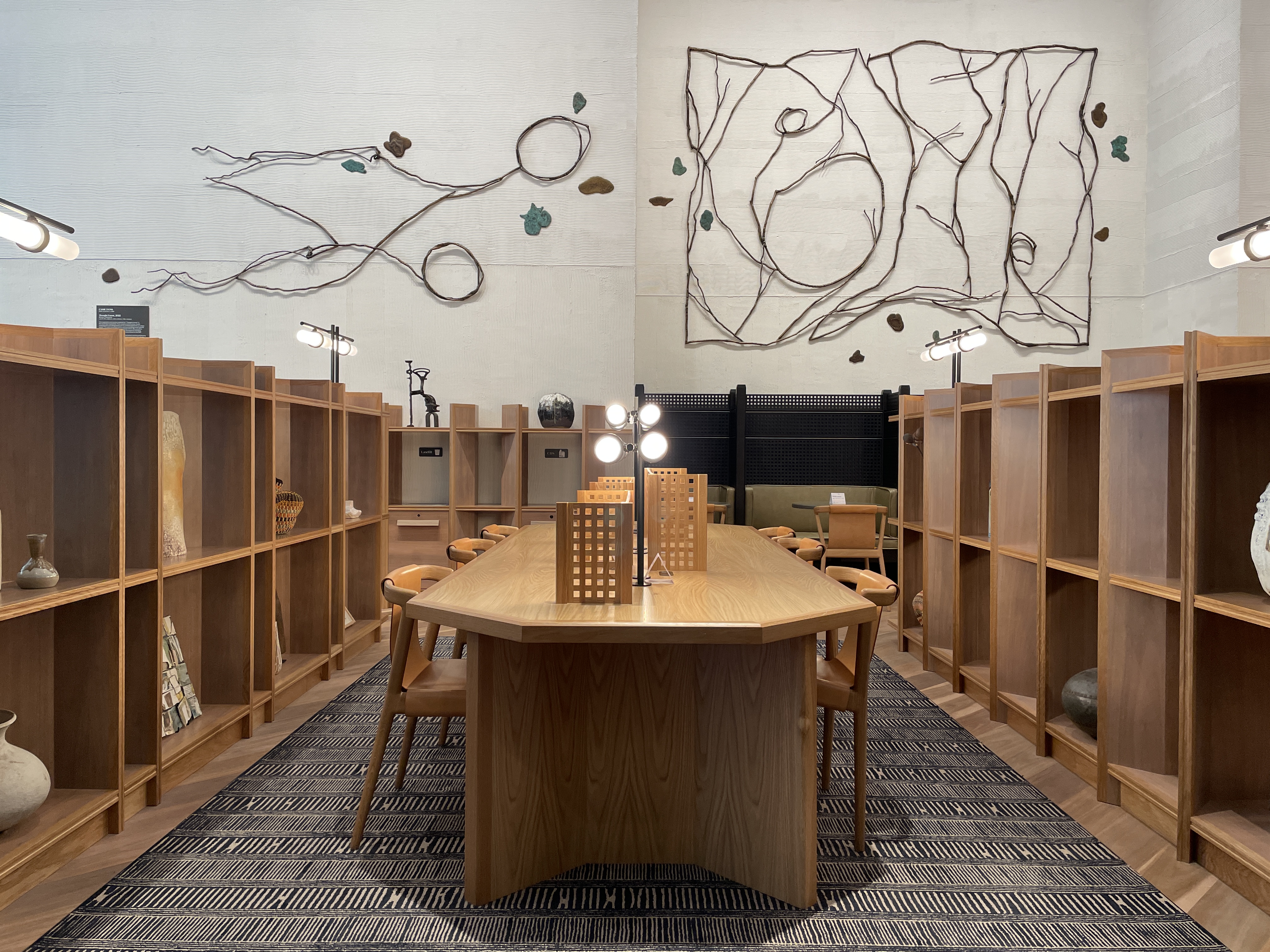Trend Spotting: Psychosocial risks and workplace dynamics in the post-pandemic world

Down the East Coast of Australia and in the West, I’ve had some really interesting conversations with business leaders lately, as we navigate the workplace dynamics that are emerging in our post-pandemic world.
Here are two trends that I’m observing, and they are consuming many workplace strategy conversations right now, particularly as organisations are acutely focused on managing psychosocial risks.
Workplace Dynamic #1: Digital collaboration continues, but IRL
What’s happening?
Meetings are continuing to happen on Teams or Zoom, despite the fact that all the people who need to be at the meeting are in the same office. That’s right! People are logging onto digital platforms with their noise-canceling headphones to collaborate when they might be sitting just a couple of seats or rows away from each other.
Why it’s happening
When I dig into this dynamic, teams tell me that it’s driven by two key things:
-
Firstly, office noise. Their pre-COVID open-plan office isn’t designed for the increasingly collaborative practices of multi-disciplinary teams. Before the pandemic, most workplaces were designed for knowledge workers to sit siloed at their desks or in their offices, and work quietly and independently. This means office floorplates today don’t reflect the type of activity that people come into the office for (connection and collaboration), and they lack the acoustic treatment and zoning needed. On top of this, meeting rooms continue to be at a premium and booked out, so finding the right space for ad-hoc and spontaneous collaboration throughout the day isn’t easy.
-
Secondly, technology. Collaborative spaces and meeting rooms are often not fitted with seamless plug-and-play functionality, which teams rely on to share screens and pool over documents. The seamless integration of technology in purposefully designed spaces is key to frustration-free collaboration.
What this means
If we are encouraging teams back into the office, even for just a few days a week, we need to earn the commute. This means providing a workplace that is designed to comfortably facilitate the types of activities that teams come into the office for — to socialise, connect with others, and collaborate on projects. It also means we need to reconsider how we zone and use our floorplate, and provide the appropriate levels of acoustic treatment to manage the psychosocial risk of noise and its impact on our ability to concentrate and work comfortably.
Workplace Dynamic #2: The resurgence of the library
What’s happening?
The office library is making a comeback in law firms, engineering consultancies, HR agencies, accounting practices, and every office-based profession in between. And it’s got nothing to do with books!
Why it’s happening
COMUNiTI’s workplace survey data has established that the main reason employees come into the office today is to socialise, connect, and collaborate. On the whole, people are reserving their independent work for work-from-home days. This means our offices are getting noisier.
And, while we might be in the office to collaborate more than work from a desk, in the 8 or so hours that we are in the office, we still need a place of refuge. We need a dedicated space to read documents, focus, recharge, and reflect. And, the library space has also become a place to store and showcase important company artifacts and relics, not just professional reference books.
What this means
Whether it’s called a library, a focus-area, or a quiet zone, we are intentionally redesigning workplaces with low-sensory spaces for solitude and concentration. These spaces are conversation-and-phone-free, to help teams manage their energy levels throughout the day. They also provide the more introverted types a comfortable space to recharge and manage the fatigue that comes from high-energy inter-office collaboration and socialisation.
As we create the next generation of post-pandemic workplaces, our focus on designing a workplace experience that not only entices people to return to the office, but also helps manage the psychosocial risks associated with noise, lighting, and temperature, will become increasingly important.
If you’re keen to chat more about all things workplace dynamics and the future of work, get in touch!
Mel
x
You can also tune into my Podcast, Work Life By Design, to hear Dr Meg Hooper and I chat more about the introduction of the Psychosocial Hazards at Work Code of Practice, and what it means for workplace design.




